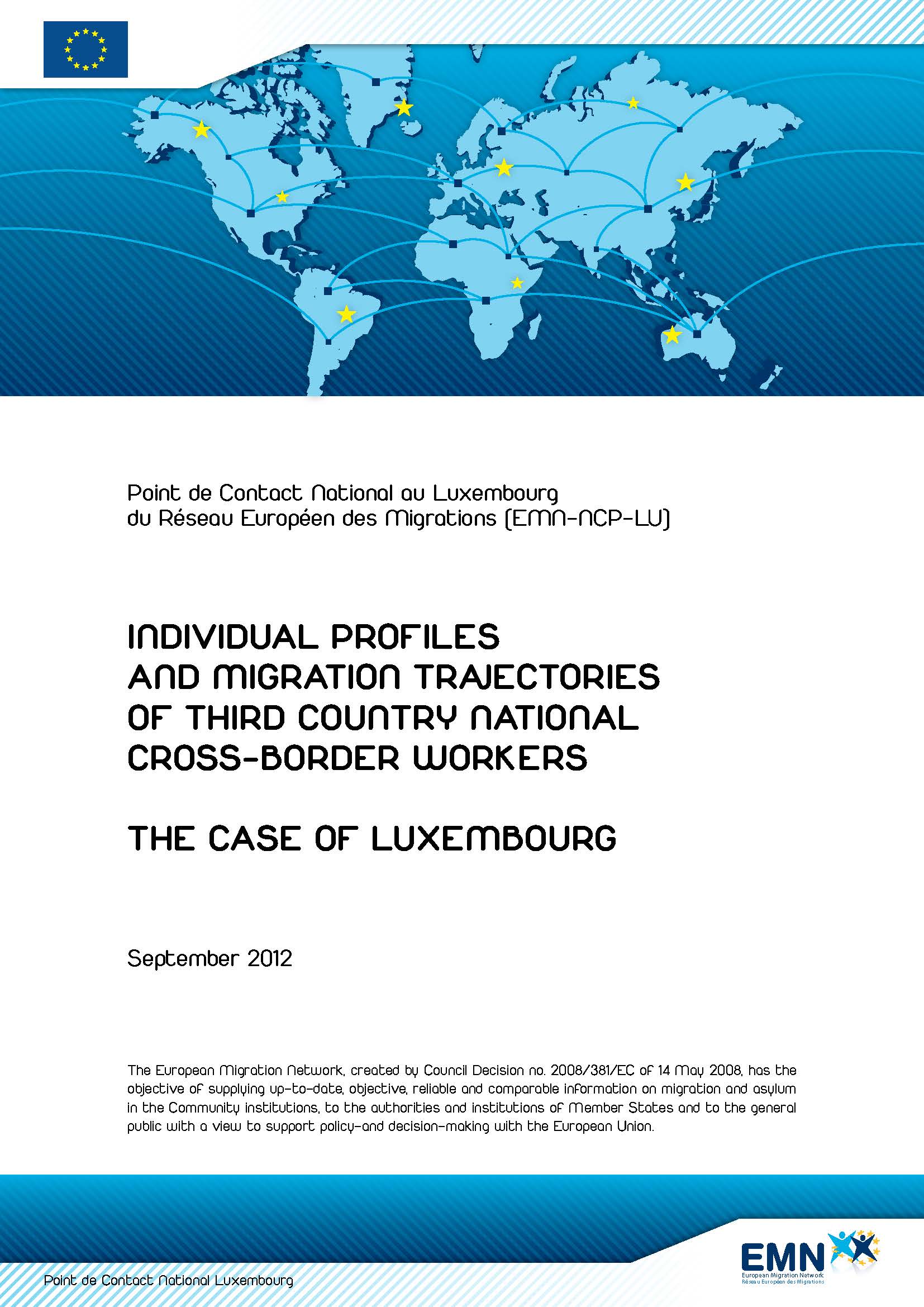A more recent aspect of the national migration policy was to resort to cross-border labour force from the 1990s onwards. Indeed, the Greater Region, formed by Luxembourg, Saarland and Rhineland-Palatinate (Germany), Lorraine (France) and Wallonia (Belgium), constitutes the biggest political transnational space in Europe and counts almost 25% of the total number of cross-border workers (CBWs) in the EU-27, only outnumbered by Switzerland. Although its dynamics and networks can historically be traced back to the Romans and even earlier, it is from the 1990s onwards that a rise of transnational spaces in Europe becomes gradually visible. In the case of Luxembourg, the number of CBWs continuously increased throughout the years and accounted to almost 42% of the domestic labour force in 2010. Moreover and for the same reference year, Luxembourg’s nationals represented a share of 29% of the total labour force. Concretely, for 100 jobs available on the labour market, 27 were taken up by foreign residents, 29 occupied by Luxembourgers and 44 by CBWs.
The present study focuses on third-country national CBWs (TCN-CBWs). Indeed, if CBWs in general have been the subject of a range of studies due to their importance for the labour market in particular, TCN-CBWs have largely been ignored in public debates so far. Taking both a quantitative and a qualitative approach, the present study tries to shed some light on the main characteristics composing the profiles of TCN-CBWs.

